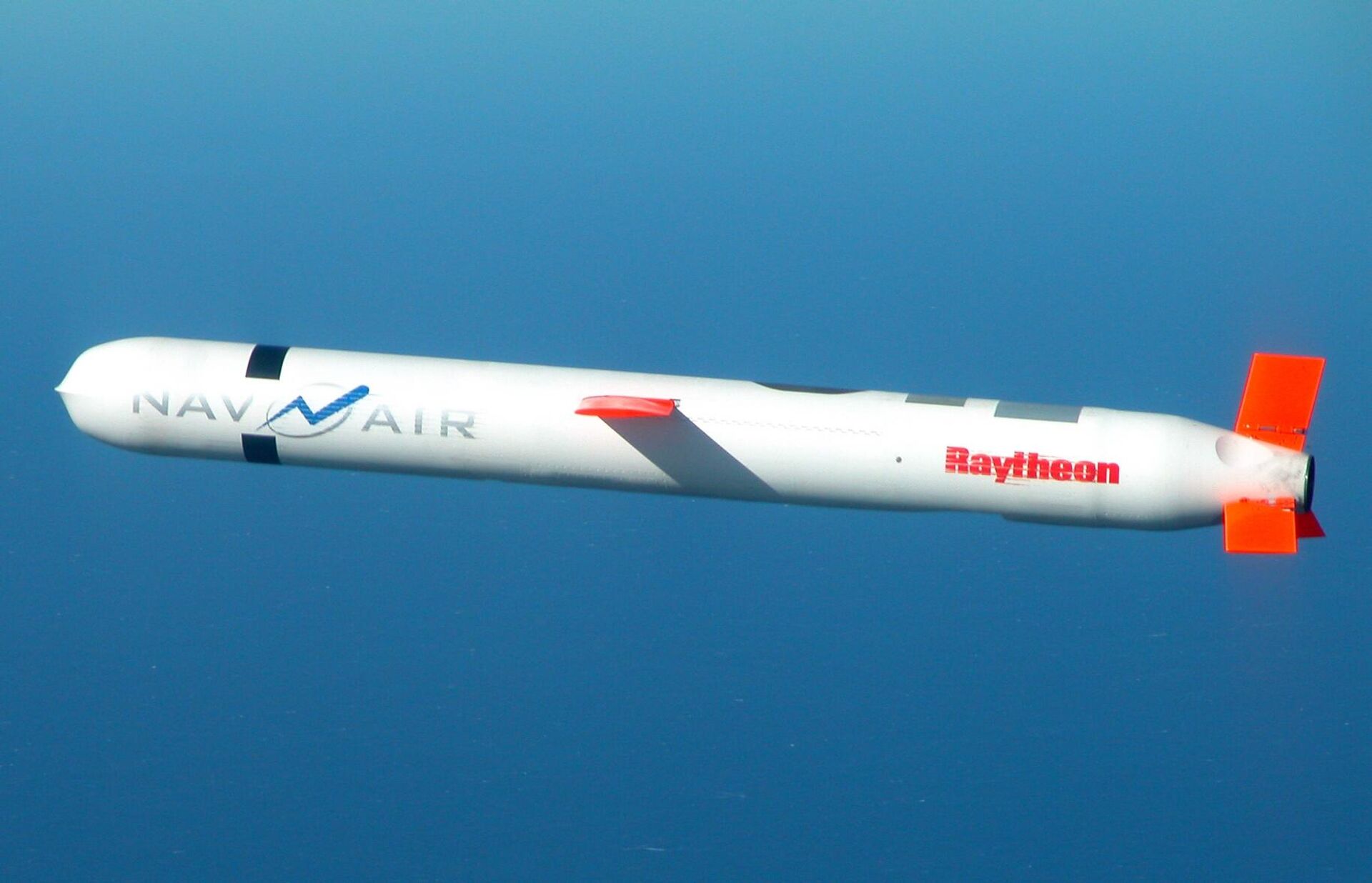Tokyo Wants to Get Tomahawk Cruise Missiles in First Offensive Weapons Buy Since WWII
18:05 GMT 12.12.2022 (Updated: 12:15 GMT 06.04.2023)

© Flickr / U.S. Department of Defense
Subscribe
The Japanese government is pushing ahead with a reported plan to buy hundreds of BGM-109 Tomahawk Land Attack Missiles (T-LAM), a long-range strike weapon that constitutionally-neutral Tokyo has eschewed since the end of the Second World War.
According to reports in US media, Japan is seeking to buy as many as 500 Tomahawk cruise missiles as part of a massive military expansion. The buy is reportedly being pushed ahead as a stop-gap measure in the wake of the Taiwan crisis, which entered an acute stage in August after then-US House Speaker Nancy Pelosi visited the island, as well as an unprecedented flurry of military activity from the Democratic People’s Republic of Korea (DPRK) in recent months.
“Japan wanted to limit its defense spending and try not to acquire second-strike capability. But the situation surrounding us does not permit us to do that,” Ichiro Fujisaki, former Japanese ambassador to the United States, told a US newspaper. “Many people thought [war] was a 20th-century issue, but we are now seeing that again.”
Japan’s defeat in 1945 spelled the end of a century of Japanese imperialism, its empire broken up by the surrender to Allied forces as Korea became independent and Taiwan and other Chinese territories were returned to Beijing. Under the aegis of US occupation, Japan was reconstructed as a Constitutional Monarchy, with a constitution that mandated its neutrality. Since then, Japan has maintained a limited self-defense force, although conservative political forces have sought to limit or even undo that principle.
Japan has long used a variety of surface-to-ship missiles fired from trucks, aircraft, or warships, and air defense missiles capable of intercepting aircraft or missiles. However, the Tomahawk’s surface-to-surface strike ability, and range of roughly 1,000 miles, represents a turning point for the Japanese military. The weapons will enable Japan to fire deep inside China and the DPRK from the Japanese mainland in a way that was previously not possible. The missile is also nuclear-capable, although as the only country ever bombed by nuclear weapons, Japan is extremely opposed to their existence and use.

A Tactical "Tomahawk" Block IV cruise missile, conducts a controlled flight test over the Naval Air Systems Command (NAVAIR) western test range complex in southern California
© US Navy
A poll last month found that 60% of Japanese citizens surveyed agreed with the idea of acquiring counter-strike weapons.
Last month, Japanese Prime Minister Fumio Kishida took the provocative step of proposing to increase the Japanese defense budget to 2% of Japan’s gross domestic product (GDP) by 2027 - a massive increase that would give Tokyo the world’s third-largest military budget, after the United States and China. Earlier this year, Kishida appealed to the NATO alliance for a closer partnership. At the summit in Madrid, NATO’s declaration for the first time mentioned China, describing the socialist East Asian state as “systemic competition” to the alliance.
In response to Kishida's budget proposal, the Chinese Foreign Ministry condemned the "highly dangerous" move, warning it would “put Asian neighbors and the international community on high alert about Japan’s commitment to an exclusively defensive policy and to peaceful development.”
Japan has a territorial dispute with China over the Senkaku Islands in the East China Sea, which are uninhabited but occupy a strategically important position. Tokyo is also an informal but open supporter of the autonomous government on Taiwan, which Beijing says is a Chinese territory governed by rebel forces. Japan has increased its cooperation with regional Western-aligned countries in recent years, including South Korea, Australia, and New Zealand, and joined the anti-China “Quadrilateral Security Dialogue” with Australia, the US, and India.
Other recently announced military projects include a hypersonic weapons program and a joint venture with the UK and Italy to develop a sixth-generation fighter jet.



